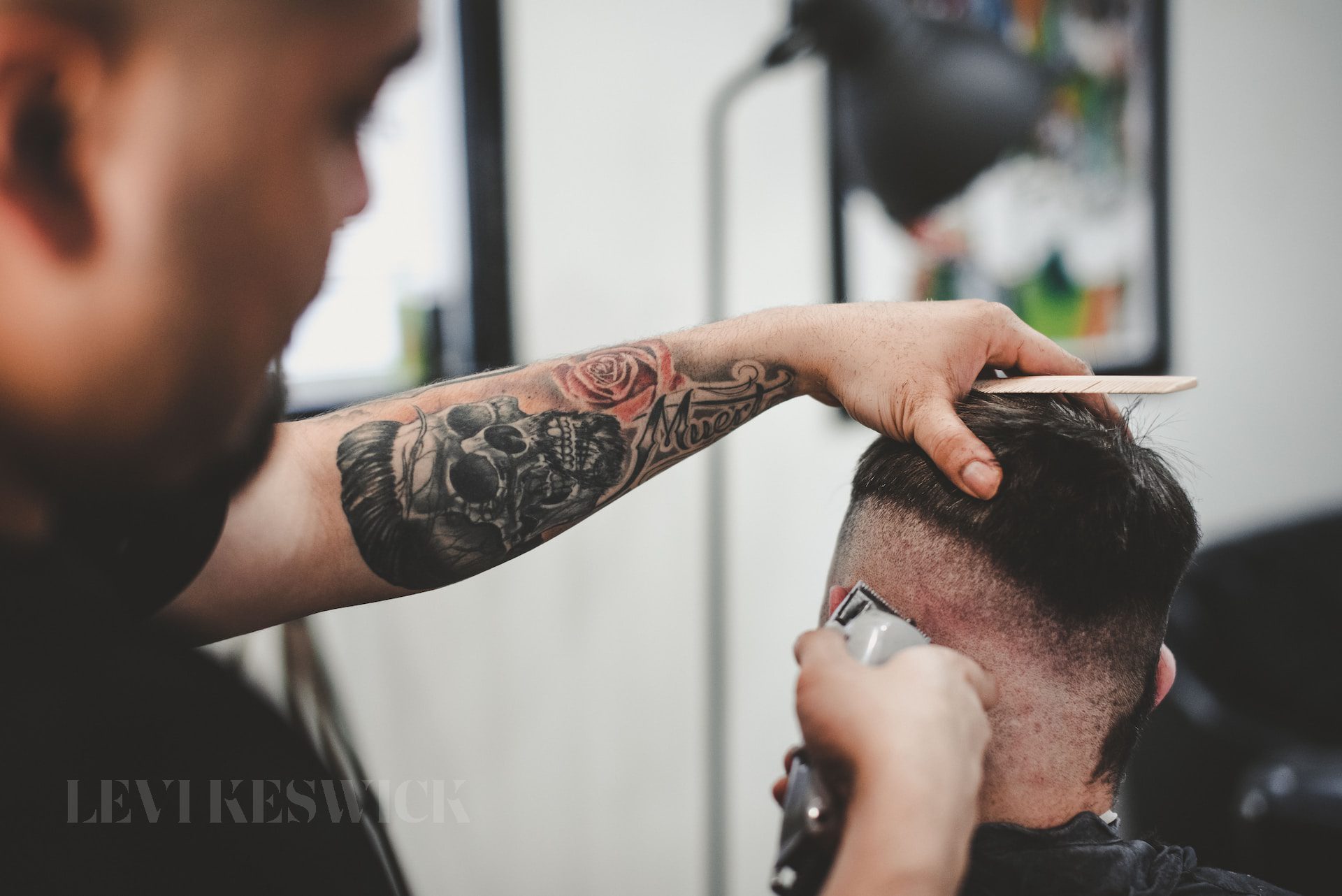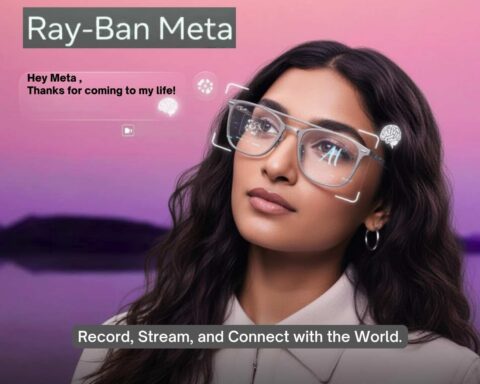Key Takeaways:
- Fade haircuts are versatile, stylish, and suit various personal styles, making them an excellent choice for anyone.
- Understanding the different types of fade haircuts helps choose one that complements your personality, hair type, and facial structure.
- Successfully communicating your desired look to your hairstylist is key in getting the perfect haircut.
- Analyzing various aspects like the shape of your face, color of your scalp, and your hair type aids in selecting the right fade.
- Customizing your fade with detailing options can help you achieve a unique, personalized look.
The Timeless Appeal of Fade Haircuts
The fade haircut, a timeless classic, is a testament to the adaptability and diversity of men’s hairstyles. It boasts an enviable versatility that makes it a favorite among many. Whether you are a suave corporate professional or an audacious creative, there’s a fade that can bring your style vision to life. This guide delves into the nuances of fade haircuts, exploring the different styles, how to effectively communicate your wishes to your hairstylist, and how to choose a haircut that best flatters you.
Understanding the Types of Fade Haircuts
Fades are not a one-size-fits-all proposition. The spectrum of options ranges from high, middle, and low fades to more intricate specialty fades that are unique in their styling and positioning. Understanding the different types is your first step in navigating the “haircut fades near me” search.
- High, Middle, and Low Fades: High fades start near the temples, gradually tapering down to the sides and back of the head. Middle fades or traditional fades begin a few inches above the nape of the neck, progressively lengthening towards the ridge of the head. Low fades start about an inch above the hairline, presenting a subtle transition from shorter to longer hair.
- Specialty Fades: Beyond the traditional fades, there are a variety of specialty fades each with unique characteristics. A few examples include the ‘High Top Fade’ reminiscent of the 1980s, the abrupt ‘Temple Fade’, the scissor-created ‘Scissor Fade’, the skin-revealing ‘Skin (Bald) Fade’, and the elongated ‘Taper Fade’.
Effectively Communicating with Your Stylist
After identifying your preferred fade style, communicating this effectively to your hairstylist is crucial. Take the following steps to ensure your stylist can accurately replicate your desired look:
- Define Your Personal Style: Clearly articulate your style vision and overall aesthetic. For example, you may prefer a clean-cut, professional look or perhaps an edgier, more rebellious style. Make sure to convey this to your stylist.
- Bring a Reference Image: Arm yourself with a reference image of your desired fade. The visual aid will help your stylist understand your vision better. If possible, choose an image featuring someone with a similar hair texture and facial structure to yours.
- Discuss Hair Length: Be explicit about your preferred hair length. If you’re aware of the clipper number used for a previous haircut you were happy with, share this information with your stylist. Remember, you can always request a slightly longer cut initially, as it can be shortened later if needed.
Choosing a Fade that Complements You
Your perfect fade depends on several factors: your scalp color, hair type, facial structure, and personal style. A fade can be customized to complement all of these, ensuring a flattering haircut every time. Here are some considerations to keep in mind:
- Scalp Color: If your scalp’s color significantly differs from your neck’s, opt for a traditional, scissor, or taper fade to ensure a consistent look. If your skin tone is even, a high or low fade would be suitable.
- Hair Type: Those with thick, dense, or curly hair can generally pull off any type of fade. However, if you have thin or fine hair, opt for styles like a scissor fade or temple fade that offer an illusion of thickness.
- Face Shape: The fade style can play a significant role in complementing your face shape. High fades tend to elongate round, square, or heart-shaped faces. In contrast, low fades complement oval, rectangle, or diamond-shaped faces.
Individualizing Your Fade Style
To achieve a truly personalized look, consider detailing options such as shaved designs or hairline shaping. You can also explore different ways of styling the hair on top of your head – from the classic crew cut to the edgy faux hawk, the possibilities are endless. Remember, your fade should be a reflection of your unique personality and style.
So next time you search for “haircut fades near me”, remember these key considerations. Not only will you walk out of the barbershop with a stylish fade, but also a haircut that truly complements your unique style and personality.








